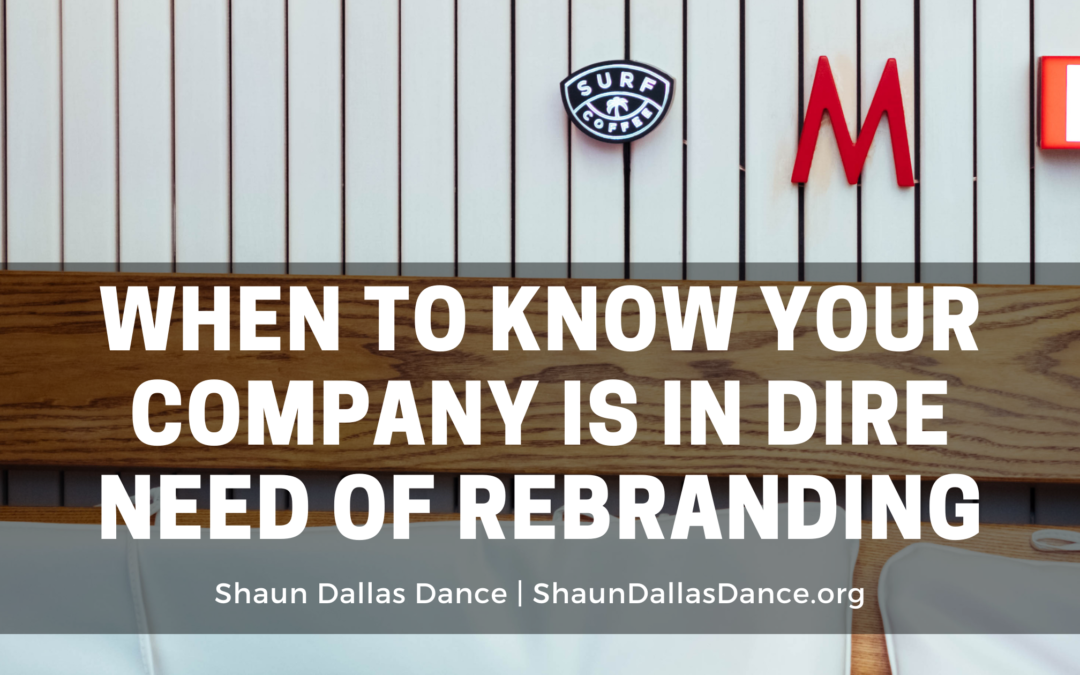When people think of the word branding, they tend to associate it with a label or product type representing something purposeful. The truth is that this word’s origin is a lot darker, and the verb “to brand” used to have a different connotation. Back in the 17th century, lawmakers marked criminals with a hot iron symbol depicting the crime they committed. Two hundred years later, the term took on a commercial concept with household names like Heinz.
It would be an understatement to say that the term brand is familiar in modern-day society. We see it everywhere, sprinkled throughout our modern-day vernacular. The current definition refers to a name for a product or service that takes on its own identity – many personal brands tie-in with product lines, thereby increasing both. A sense of comfort in a brand enables the company to charge a higher premium for an unspoken promise that they are superior to their competition. People will pay higher for a familiar product, even if two items are identical in every other way. Eponyms are the brands that have escalated to the highest peak of market domination, such as Kleenex and Q-Tips.
Companies meticulously gauge their brand’s success because that is the cornerstone of the overall business’s success. Companies live and die by their brand’s key performance indicators, metrics, and analytics. Tracking the number of social media followers is one of the most straightforward ways to measure brand awareness. The number of followers should always be increasing, even if it is slower at times.
Social media provides other metrics, as well. Every one of your posts will have comments, likes, and shares, depending on how your customers agree or disagree. In addition to involuntarily helping with company analytics, you can offer optional surveys for website visitors asking how they heard of you and their impressions about the website. Current customers might be a useful resource as well, as long as you keep questionnaires brief. This idea is to obtain information while not alienating existing customers.
Web analytics is how you view the traffic that visits your website. Analytics provides valuable information, such as each visit’s duration and where the person came from to get to your site. You can also see the bounce rate, which is the percentage of visitors who return to the search results or referring site after viewing only a single page of your site. A high number of visitors with a low bounce rate signifies your brand is successful. If the opposite is happening, then it might be time to rethink your branding structure.

